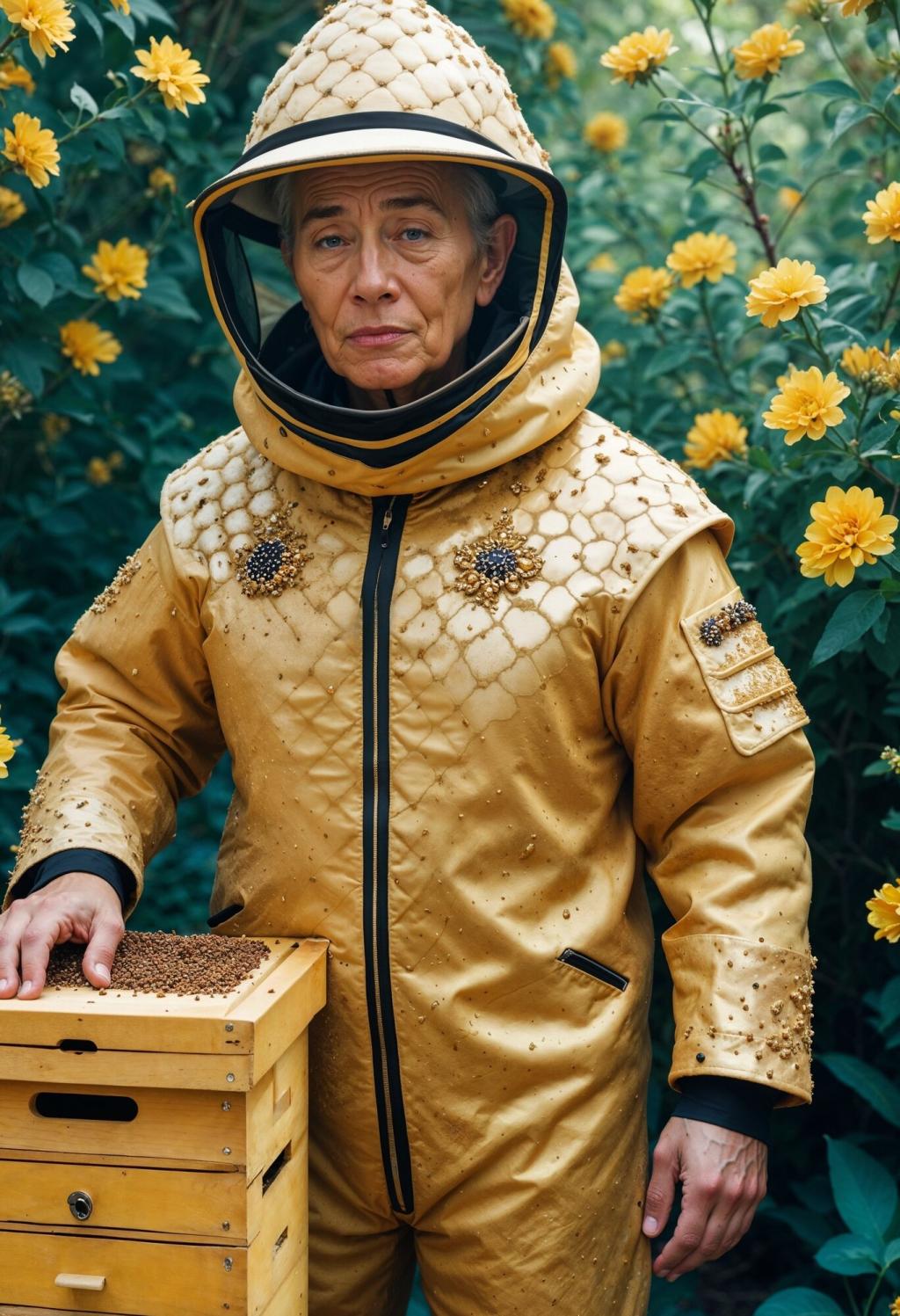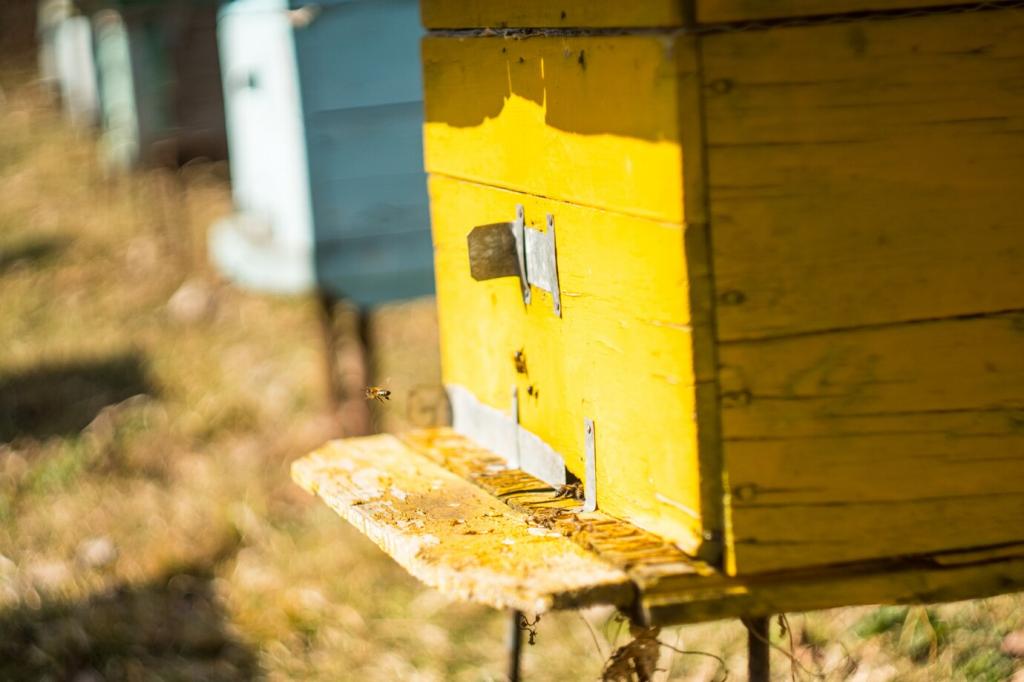Urban Beekeeping: Revitalizing City Ecosystems
Urban beekeeping is experiencing a renaissance as cities worldwide recognize the critical role pollinators play in maintaining resilient urban environments. Amid increasing urbanization and declining bee populations, city dwellers, environmentalists, and local governments are embracing beekeeping as a solution to bolster pollinator numbers, enhance biodiversity, and foster a deeper connection with nature. This page explores the multifaceted impacts of urban beekeeping, from ecological benefits to community engagement, regulatory considerations, challenges, and the exciting future of pollinator-friendly cities.

Previous slide
Next slide
Expanding Plant Variety
When bees have access to diverse floral sources, they support the pollination of both native and non-native plants, leading to increased variety in urban vegetation. This, in turn, attracts other pollinators, insects, and birds, resulting in a richer, more vibrant cityscape. The improved diversity in plant life not only makes cities more beautiful but also boosts the ecosystem’s resilience to pests and diseases, benefiting all urban residents.
Strengthening Pollinator Networks
Urban spaces, though limited, often feature botanical gardens, parks, street trees, and private gardens. Bees travelling between these green patches help weave a complex network of pollination routes. This connectivity allows for greater genetic diversity among urban plants and supports rare or specialized species that might otherwise struggle to survive. As a result, cities with thriving beehive populations typically enjoy a more robust and self-perpetuating web of life.
Mitigating Urban Environmental Stressors
Pollinators, particularly bees, help plants withstand environmental stressors common in cities, such as heat, pollution, and irregular rainfall. Pollinated plants are generally healthier and more robust, creating shade, filtering the air, and combating the urban heat island effect. Bees, by ensuring the reproductive success of urban flora, indirectly drive improvements in air quality, temperature regulation, and the overall health of the urban ecosystem.
Community Engagement and Education
01
Building Urban Green Communities
Bringing beehives into schools, community gardens, and public parks fosters a sense of responsibility and stewardship among participants. These projects often spark partnerships between local government, businesses, and residents, encouraging the creation of more green spaces and pollinator habitats. In the process, community members gain practical experience in gardening, conservation, and ecosystem management, strengthening social ties and shared purpose.
02
Empowering Youth Through Beekeeping Programs
Educational programs centered on urban beekeeping introduce young people to the wonders of the natural world right in their city. By learning how to care for bees, students develop a deeper appreciation for pollinators, environmental science, and sustainable urban living. These experiences can be transformative, instilling values of curiosity, teamwork, and stewardship that last a lifetime and influence future career choices and environmental activism.
03
Promoting Healthy, Local Food
Urban beekeeping projects often pair with urban agriculture initiatives, providing pollination services to rooftop farms, orchard plots, and vegetable gardens. This synergy leads to richer harvests and fresher produce for local communities. Residents become more engaged in food systems, appreciate the benefits of local sourcing, and enjoy healthier diets, all while supporting pollinator populations and reducing food miles.
Challenges of Beekeeping in Urban Areas
Navigating Urban Regulations
Different cities have varying rules regarding hive placement, hive density, and beekeeper registration. Navigating these regulations can be complex, particularly for beginners or those in densely populated neighborhoods. Adequate compliance with local laws, understanding of neighbors’ concerns, and collaboration with city officials are essential steps in preventing conflicts and transforming urban beekeeping into an accepted and celebrated city feature.


Managing Hive Health and Safety
Urban bees face stressors such as insufficient forage, exposure to pollutants, and close proximity to people and pets. Beekeepers must have the skills to monitor hive health, prevent disease outbreaks, and minimize swarming. Additionally, measures like strategic placement, careful hive management, and clear communication with neighbors help ensure safety. This commitment to best practices is vital for maintaining harmonious coexistence within the city.
Previous slide
Next slide

Urban Bees and Local Food Systems
The pollination services provided by city bees are critical for many fruits and vegetables, including tomatoes, peppers, squash, and berries. With bees on hand, urban farms can expect higher yields, better-quality produce, and more reliable harvests. This not only supports urban farmers and gardeners but also makes cities more self-sufficient in food production.
Policy frameworks that legalize and encourage beekeeping make it easier for citizens to keep hives responsibly. By providing guidance on hive numbers, placement, and beekeeper training, cities can minimize risks while maximizing environmental and social benefits. Financial incentives, permit assistance, and beekeeper registries further support the growth of a vibrant urban beekeeping community.

